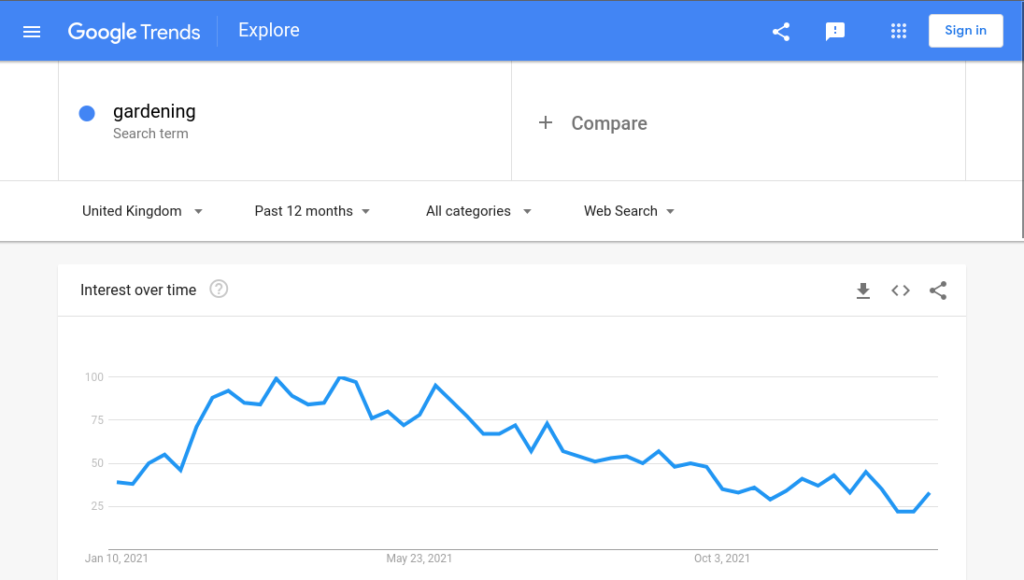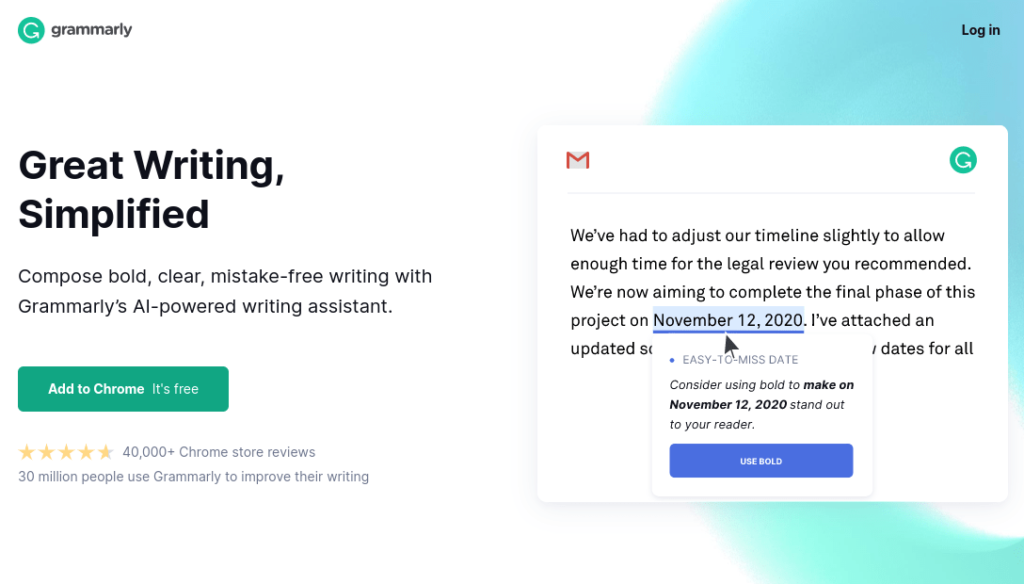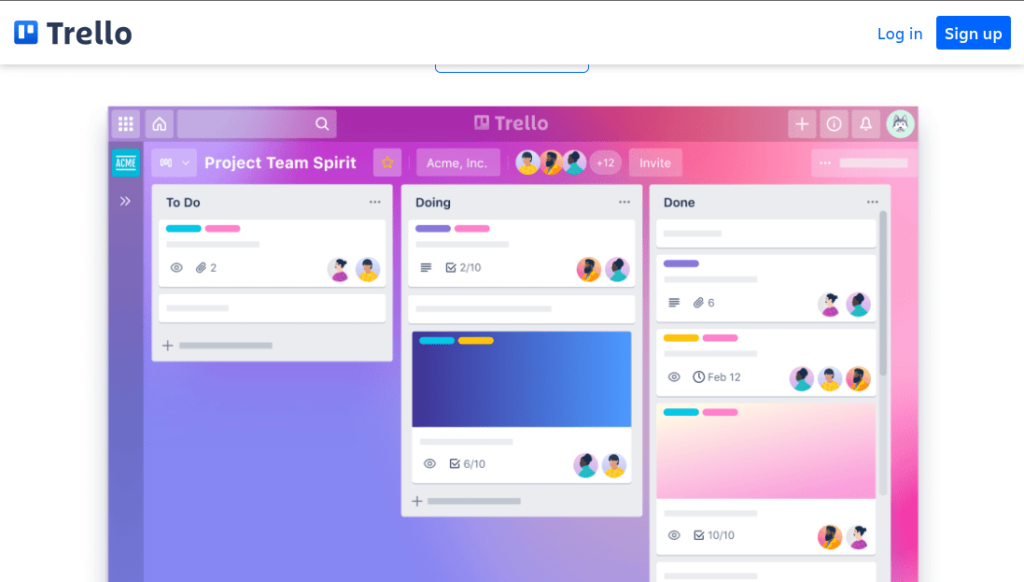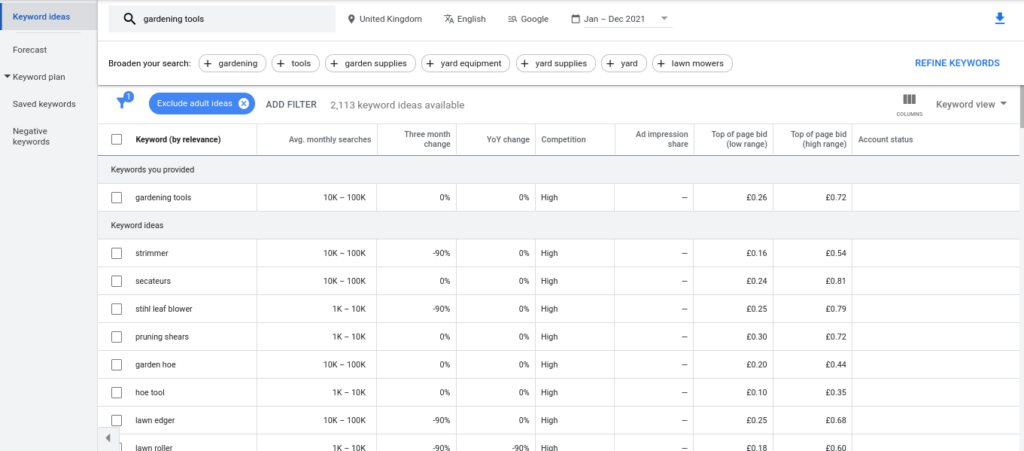Let’s make no bones about it — running a small business is hard. It’s time-consuming, stressful, complicated — even heartbreaking at times.
But it can also be a lot more satisfying than clocking in to a regular 9-5.
In fact, there are tons of reasons why starting your own small business can pay off.
If you’re thinking about starting a small business — or you want to remember why you started your business in the first place — here are 12 perks of running a small business.
1. Make your passions pay the bills
When you choose to run your own business, you can set it up however you like. Whether you’re an expert florist, designer, plumber, software developer — or a combination of all of the above — your business can comprise what you’re truly passionate about. So when you start making money, you can chalk it up to doing what you love.
2. Answer to no one except yourself
Being your own boss is a great feeling. There’s no clockwatching or micromanagement, and you’ll have the freedom to take on the right jobs for your business. You can adhere to your own vision and values without answering to anyone else.
3. Find greater work/life balance
Don’t get me wrong — running a business keeps you extremely busy. But you have control over your own time — there are no external expectations to keep you at the office well past closing time. You can choose when to work, so you can set your own schedule and adjust your work/life balance as needed.
4. Become a leader in your industry
As a business owner, you’re less likely to get lost in the crowd. You’ll be seen as a thought leader in your industry — especially with a great content plan in place that enables you to share your experience and expertise with your clients and colleagues.
5. Break the mould
Do something that nobody else is doing. Whether that’s launching a brand new product, offering world-beating customer service, or taking corporate social responsibility seriously, starting a small business is a chance to innovate in your industry.
6. Create a forward-thinking company
Sustainability, responsibility, diversity: these are some of the most important business values for customers and employees alike. By approaching your company with a forward-thinking mentality, you’ll find it easier to reach and satisfy new customers — and you’ll be doing right by society and the environment.
7. Create jobs in your local area
Small businesses help your local community by creating new jobs in the area. Whether you’ve got global ambitions or want to stay small, you can play a part in helping stimulate your local and national economy by providing new opportunities for people. Whether you’ve already hired your first employee or you’re looking to do so a little way down the line, this is a major perk to running your own business.
8. Build a business you’re proud of
With your own values front and centre, building a business from the ground up creates a legacy you can be proud of. It gives you purpose and motivation — helping inspire others to find and follow their passion, too. Plus, promoting progressive values will also appeal to your customers.
9. Make more money
When you run your own business, you’re in control of how much money you make. You can scale up your business at a rate that suits you. Plus, there are plenty of grants and funding available to small and medium-sized businesses, so keep an eye out for financing opportunities for your company.
10. Choose who you work with
Coworkers, clients, investors — when you run your own business, you can choose who you work with. While you’ll always run the risk of conflict in any line of work, being the boss gives you more control over the people you have around you. Work with positive, hardworking people who share your vision for the future.
11. Scrap the bureaucracy
While there are always rules you need to follow, running your own business means you can avoid a lot of the bureaucracy and office politics that come with a standard 9-5 job. Hire assistants or freelancers to help you take care of the paperwork, so you can focus on doing what you love.
12. Make use of your business expenses
You don’t necessarily have to grind out more hours to make more cash as a small business. Hire a good accountant who specialises in working with small businesses to find out about how you can best make use of your business expenses.
Find out more about marketing for small businesses
Marketing is a massive part of starting — and maintaining — any small business. While you keep your current clients happy, you’re also looking for opportunities to grow.
My marketing blog is full of tons of great resources for business owners — so sign up to my newsletter to be notified when I publish fresh new content. And if you’re looking for a little help with your content marketing strategy, book a free 30-minute consultation here.



















